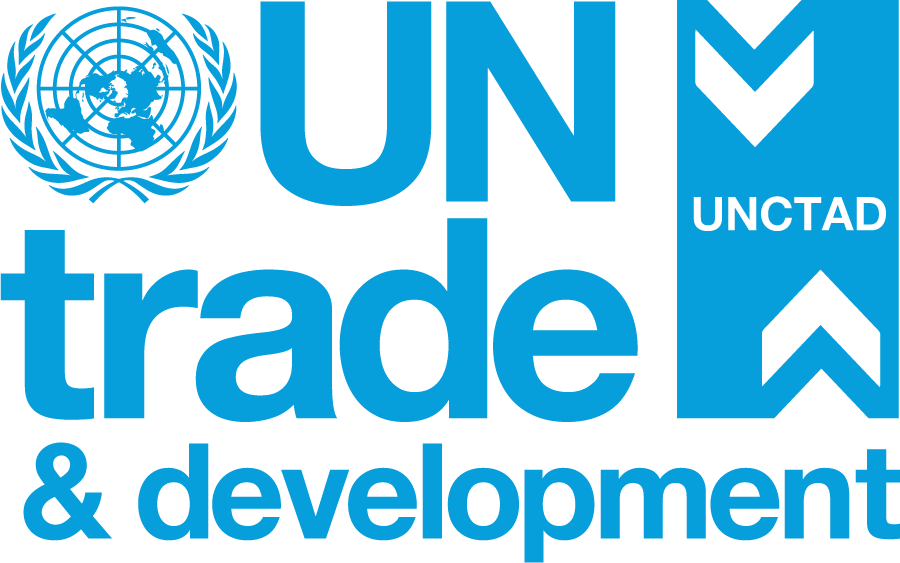The volume of foreign direct investment (FDI)(1) is rising rapidly with the growth largely dominated by transnational corporations (TNCs)(2) from the United States and Western Europe. These enterprises also dominate the ranks of the world’s largest 100 TNCs, as measured in terms of foreign assets. Mergers and acquisitions – many of which involve multi-billion dollar deals – are reshaping the system of international production(3).
Total FDI rose by almost 40 per cent to over US$640 billion last year. But, the United Nations Conference on Trade and Development (UNCTAD) stresses that to capture the full impact of the growth of TNCs it is important to also note that they are now rapidly boosting their foreign activities through a variety of non-equity firms (e.g. management contracts, franchising), as well as building technology networks with partner enterprises.
UNCTAD today publishes World Investment Report 1999: Foreign Direct Investment and the Challenge of Development(4), which highlights some of the key numbers that create the picture of the emerging international production system. For example, the total assets of TNCs’ foreign affiliates gained by 17.5 per cent in 1998 to reach US$11.4 trillion, after only a modest 4 per cent advance in 1997 (table 1).
WIR’99 shows that, despite rising flows of FDI to developing countries, the overwhelming focus of TNCs is on the Triad countries of North America, Western Europe and Japan. The concentration of FDI assets in the Triad has risen from 61 per cent in 1988 to 63 per cent in 1997.
At the same time, TNCs headquartered in developing countries are growing and investing increasing amounts in other developing countries. This trend is leading to an increasing integration of business also among developing countries.
The growth of overall FDI into developing countries, the growth of TNCs headquartered in many developing countries and their rising focus on investing in other developing countries, suggests that: "developing countries as a group now have a larger potential for mutually beneficial investment and technology flows among themselves. Differences among developing countries in terms of levels and forms of skills and technical know-how provide conditions conducive to mutual exchanges of goods and services."
Not only is the number of mergers and acquisitions (M&As) multiplying, but the size of individual deals is also setting new records. Last year, for example, saw the takeover of Amoco by BP for US$55 billion and the acquisition of Chrysler by Daimler-Benz for US$44.5 billion. WIR’99 says that the driving force behind the big jump in M&A activity is "liberalization and globalization and the special needs and conditions of particular industries leading to a consolidation on a global scale, especially in developed countries."
"Many deals are announced in one year, but full payments are not always made immediately, so it would not be proper to calculate M&A values as a percentage of FDI flows; besides, these may be financed by other means than FDI flows," says Karl Sauvant, Chief of UNCTAD’s International Investment Branch. He adds: "the publicly announced value of all cross-border M&As last year was well over US$500 billion and, given announcements so far this year, it seems certain that 1999 will be another record year."
WIR’99 states that the global output and sales of foreign affiliates of TNCs are growing fast, exceeding the overall rate of growth of output. Sales by foreign affiliates of TNCs reached US$11 trillion in 1998 and such sales have consistently exceeded that of world exports (US$7 trillion in 1998), making international production globally more important than trade in terms of delivering goods and services to foreign markets.
The report stresses that technology, created within TNCs systems, is a key element in the stock of assets built up in foreign affiliates. Large flows of technology take place within corporate systems. Thus knowledge flows to foreign affiliates, where dissemination within the host economy can be encouraged through appropriate policies.
Related to this is the growth of research and development operations outside the home countries of TNCs. However, most of this growth is seen in TNCs in developed countries, with only a small volume of research and development operations by TNCs headquartered in the Triad of North America, Western Europe and Japan being located in developing countries.
The emerging international production system is also characterized by changes in the sectoral distribution of FDI. The primary sector has become relatively less important over the last decade, as the services sector has gained. This is as valid for developed as for developing countries. The most important sector in terms of inward FDI stock in the world is finance, followed by trade. The share of manufacturing in the FDI stock of assets has, meanwhile, remained stable (figure 1). The rise of the services sector in FDI is also accounted for by liberalization policies pursued increasingly to this sector.


